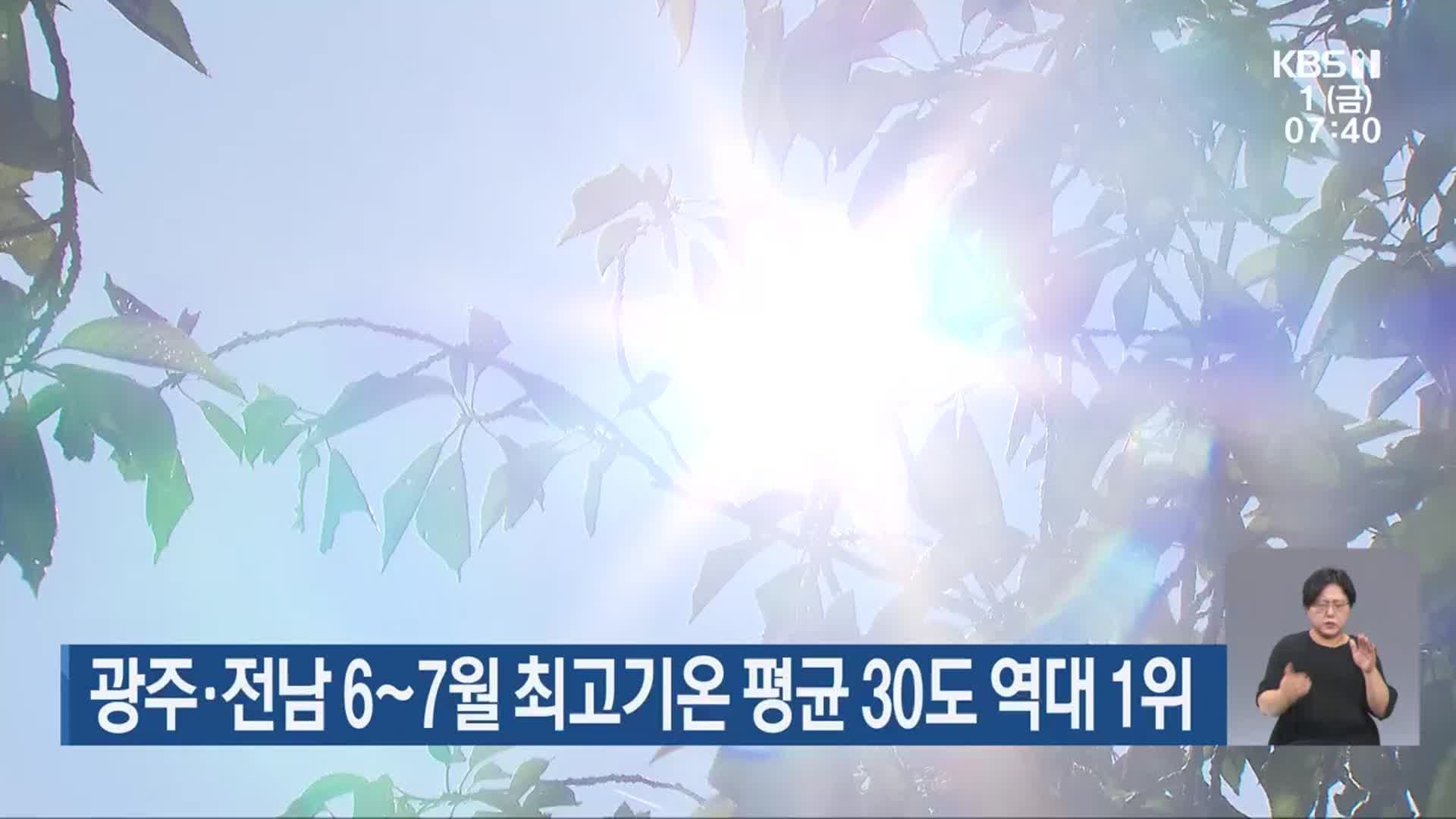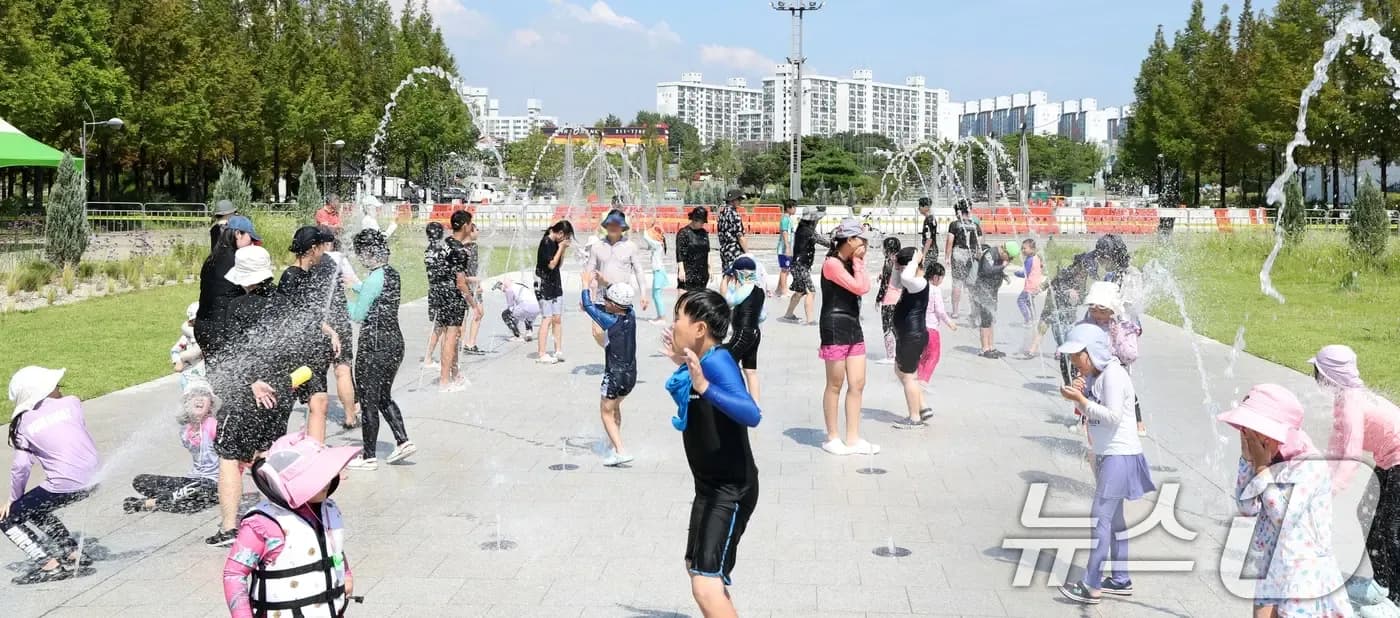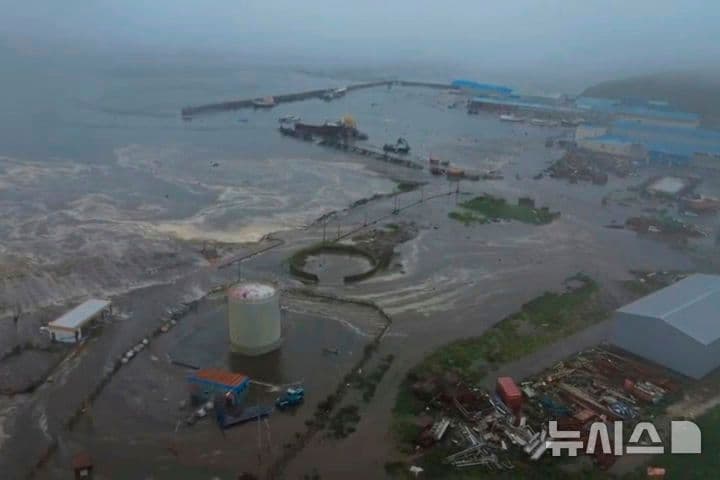Gwangju's Summer Scorch: Unpacking Record Heat and Coastal Risks
Gwangju's record summer. Explore unprecedented heatwaves, tropical nights & coastal risks. Get climate insights & crucial safety tips for navigating the sweltering season.

The Blazing Facts: A Summer of Unprecedented Extremes
and its surrounding province are currently enduring a summer of truly historic proportions. The mercury has soared to levels never before seen for such an extended period, making daily life a relentless battle against the heat. According to the , the average daily maximum temperature across Gwangju and Jeonnam for June and July this year hit an astonishing 30 degrees Celsius. This isn't just hot; it marks the highest average maximum temperature ever recorded for this two-month period, eclipsing all previous records.
But it's not just the daytime highs that are concerning. The nights offer little reprieve. The region has experienced an unprecedented 12.4 tropical nights during the same period, defining a tropical night as when the temperature remains above 25 degrees Celsius overnight. This figure is the highest on record, robbing residents of essential cool-down time. Furthermore, the number of heatwave days reached 15.4, placing this summer second only to the infamous heat of 1994. As August begins, the heat advisory remains firmly in place across the entire Gwangju and Jeonnam area, with real-feel temperatures expected to hover around a sweltering 35 degrees Celsius, ensuring that the struggle against the scorching conditions continues unabated.

Beyond the Thermometer: Climate Trends and Local Impacts
What we're witnessing in isn't merely a bad summer; it's a stark manifestation of broader climate trends, painting a compelling picture of a shifting global climate playing out on a local stage. The persistent, record-breaking heat and the unprecedented number of tropical nights point to a deepening crisis that extends far beyond personal discomfort. This prolonged heat is already exacting a heavy toll across multiple sectors. Public health is a primary concern, with a heightened risk of heat-related illnesses like heatstroke and exhaustion. Medical authorities are urging extreme caution, advising residents to minimize outdoor activities and avoid unnecessary excursions to mitigate these health risks.
The economic implications are equally pressing. Industries face operational challenges, with outdoor labor becoming increasingly hazardous and productivity potentially suffering. The agricultural sector, the backbone of many regional economies, is particularly vulnerable. Crops can wilt under relentless sun, and livestock can suffer from heat stress, threatening harvests and livelihoods. Ensuring food safety also becomes a critical issue, as the elevated temperatures create ideal conditions for foodborne illnesses. This isn't just about surviving the day; it's about adapting to a new normal where such extreme conditions become more frequent, demanding systemic changes in how the city and province operate and protect their communities.

Navigating the Heat: Essential Strategies for Urban Survival
Given the relentless assault of this summer’s heat, adopting proactive survival strategies is no longer optional for residents; it’s a necessity. The emphasizes a few critical measures that go beyond simply staying indoors. First and foremost, hydration is paramount. Keep a water bottle handy and sip frequently, even if you don't feel thirsty. Sugary drinks or alcohol, however, are best avoided as they can paradoxically lead to dehydration. When venturing outside, if absolutely necessary, choose the coolest parts of the day – early morning or late evening. Light, loose-fitting clothing in pale colors can make a noticeable difference in reflecting sunlight rather than absorbing it.
Beyond personal habits, remember to check on vulnerable neighbors, especially the elderly or those with pre-existing conditions, as they are at higher risk of heat-related complications. For food safety, which becomes a serious concern in such heat, meticulous food handling is crucial. Cook foods thoroughly, refrigerate perishables promptly, and be wary of anything left out at room temperature for too long. If you're out and about, look for designated cooling centers or air-conditioned public spaces like libraries and community centers. These small, consistent efforts collectively build a more resilient community in the face of this unprecedented urban heat.

Coastal Currents: Understanding Marine Hazards Amidst the Swelter
While itself is an inland city, its close proximity to the coast means that coastal residents and visitors face a dual challenge: the scorching heat on land coupled with potentially dangerous marine conditions. It's a critical aspect of the region's summer weather that often gets overlooked in the discussion of heatwaves. Coastal areas are currently experiencing strong winds, blowing at speeds of 8 to 13 meters per second. These winds, combined with the general atmospheric conditions, are whipping up significant waves, reaching heights of 1 to 2.5 meters.
For anyone involved in maritime activities, whether it's commercial shipping, fishing, or recreational boating, exercising extreme caution is imperative. Vessels need to be particularly vigilant and prepared for rough seas. Adding another layer of hazard, the southern coast of is also experiencing strong swells, or 'neoul' (너울), which are powerful, long-period waves that can travel great distances and suddenly break with considerable force upon reaching shallow waters. These swells pose a significant risk, capable of surging over breakwaters, jetties, and even coastal roads, leading to unexpected and dangerous situations. Coastal safety demands constant awareness of these marine elements, which can be just as threatening as the heat itself.

Looking Ahead: Preparing for a Shifting Climate
As this record-breaking summer unfolds, and are being forced to confront a sobering reality: extreme weather events are becoming more frequent and intense, signaling a clear need for long-term climate preparedness. The current prolonged heatwave, with its profound impacts on public health, industry, and agriculture, isn't an isolated incident but a preview of what could become the norm without decisive action. The 's warnings about sustained damage underscore the urgency of developing robust adaptation strategies.
Looking beyond immediate survival tips, the community must engage in a broader conversation about urban planning, infrastructure resilience, and public education. How can 's urban design be optimized to mitigate the urban heat island effect? What agricultural practices need to be adopted to withstand more extreme temperatures and unpredictable rainfall patterns? How can early warning systems for both heatwaves and coastal hazards be enhanced and communicated effectively to every citizen? These are not simple questions, but they highlight the collective effort required. Building a truly resilient means fostering a community-wide commitment to understanding, preparing for, and adapting to the undeniable realities of a shifting climate, ensuring that future generations can thrive even in the face of increasingly challenging conditions.
Related Articles

The Unyielding Embrace: How Korea's Historic Heatwave Reshapes Everyday Life

The Unyielding Embrace: How Korea's Historic Heatwave Reshapes Everyday Life

The Summer Paradox: When Holiday Dreams Meet Scorching Reality

The Summer Paradox: When Holiday Dreams Meet Scorching Reality

Decoding the Dual Extremes: Korea's Summer of Sweat and Storms

Decoding the Dual Extremes: Korea's Summer of Sweat and Storms

Weather Whiplash: Navigating Korea's Shifting Summer Skies
